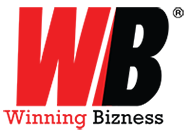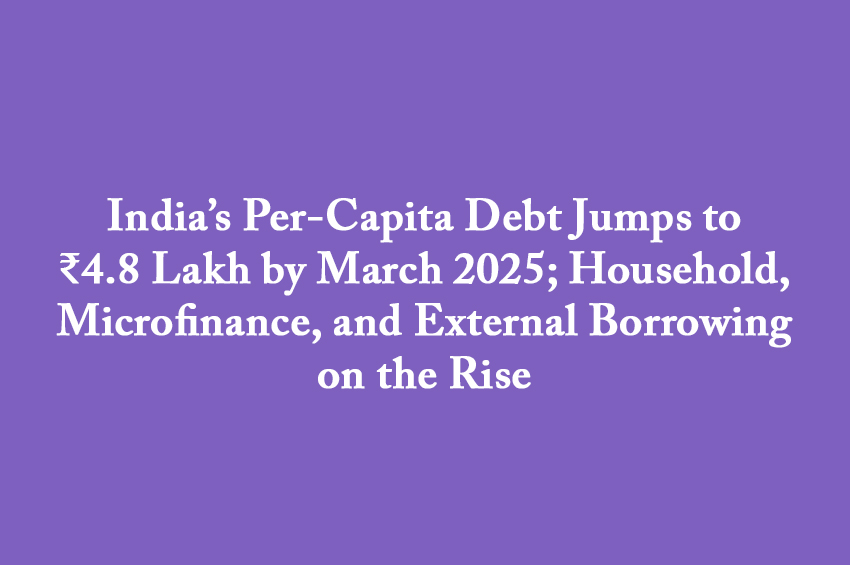Winning Bizness Economic Desk
Mumbai By March 2025, the average debt per Indian climbed to ₹4.8 lakh, up significantly from ₹3.9 lakh in March 2023—an increase of roughly 23% in just two years. This growth has been driven largely by higher-rated borrowers expanding their liabilities through new and additional loans.
Debt Mix: Consumption Outpacing Asset Investment
Household borrowing now includes home loans, personal loans, credit card bills, and retail finance. Non‑housing retail loans—personal and credit card debt used for consumption—constitute approximately 54.9% of this total. Housing loans make up around 29%, frequently increased by repeat borrowing from existing homeowners.
Debt Still Akin to Emerging Market Norm
At 41.9% of GDP, household debt in India remains below the emerging‑markets average of 46.6%, reflecting a relatively moderate position. That said, rising loan‑to‑value ratios—particularly above 70%—point to growing vulnerability, especially among risk‑ier borrowers.
Rising Risk in Retail Credit
Retail loan delinquencies—especially in credit cards, personal loans, and microfinance—are increasing, which suggests growing stress. Though overall default levels are down from the heights experienced during the COVID‑19 pandemic, they remain elevated among lower‑rated, heavily‑leveraged borrowers.
Microfinance Sector Shows Stress
The microfinance segment reports a decrease of about 11.7% in average borrower liability, but the share of stressed assets has climbed. Higher interest rates and profit margins in this sector are pushing financially vulnerable borrowers toward difficulty in repayment.
External Borrowing Also Rises
India’s external debt reached approximately USD 736 billion by March 2025, a 10% year‑on‑year increase, representing 19.1% of GDP. Over half of this is dollar‑denominated and held by non‑financial companies, banks, and government entities—underscoring sensitivity to global market conditions.
Financial System Resilient; Vigilance Required
Despite rising debt, India’s financial system remains resilient. The gross bad‑loan ratio among banks stands at a multi‑decade low (around 2.3%), while capital‑adequacy buffers are strong (about 17.2%). Even so, regulatory bodies stress the need for monitoring rising leverage, especially in microfinance and unsecured lending.
In a Nutshell:
- Per capita borrowing surged from ₹3.9 lakh to ₹4.8 lakh between 2023 and 2025.
- Household debt accounts for roughly 41.9% of GDP—below the emerging economies’ average.
- Over half of household debt is in non‑housing retail loans, with housing loans making up 29%.
- Loan‑to‑value ratios exceeding 70% suggest rising risk for vulnerable borrowers.
- Delinquency rates are declining post-pandemic but still elevated in unsecured segments.
- External debt hit USD 736 billion (19.1% of GDP), largely in dollars and across s
- India’s banking sector is strong—low bad loans and high capital buffers—but caution is advised.


